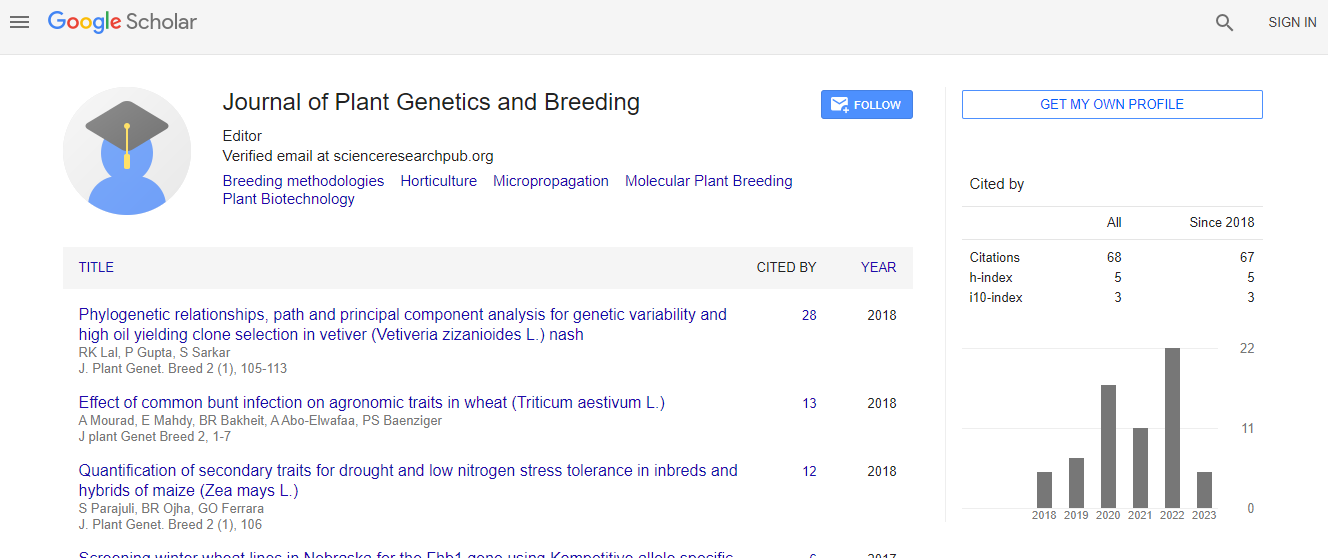Participatory Onion Variety Evaluation at Fogera District of South Gondar Zone, Ethiopia
*Corresponding Author:
Copyright: © 2020 . This is an open-access article distributed under the terms of the Creative Commons Attribution License, which permits unrestricted use, distribution, and reproduction in any medium, provided the original author and source are credited.
Abstract
Participatory onion variety evaluation was conducted for two dry seasons at Fogera district of South Gondar zone of Ethiopia. Five onion varieties were laid in a randomized complete block design with three replications. Farmers, development agents and agricultural experts of the district agriculture office and researchers from Fogera National Rice Research Center evaluated the varieties at different growth stages using numerous criteria. Variety Nasik red followed by Nafis and Adama red were preferred to others because of their vigorous vegetative growth with little symptoms of disease attack. The dark red bulb color of varieties Nasik red and Nafis with good bulb firmness, tight outer skin and good storability were among desirable characteristics for attracting good market price. Disease scores also showed that varieties Nafis, Adama red and Nasik red were the least attacked. Moreover, the total soluble solid (TSS) assessment indicated that varieties Nafis (14.46%) and Nasik red (13.69%) had higher TSS values in their bulbs. In general, farmers preferred varieties Nasik red and Nafis for their good vegetative growth, disease tolerance, dark red bulb color, firmness of the bulb and tight outer skin although bulb yields of these varieties were less than Bombay red - a familiar variety with the farmer and known for its high yield and earliness in maturity, but susceptible to foliar diseases and bulb rotting with poor storability. It is therefore recommended to multiply seeds and further demonstrate varieties Nasik red and Nafis on farmers’ plots with active participation of all actors.

 Spanish
Spanish  Chinese
Chinese  Russian
Russian  German
German  French
French  Japanese
Japanese  Portuguese
Portuguese  Hindi
Hindi 